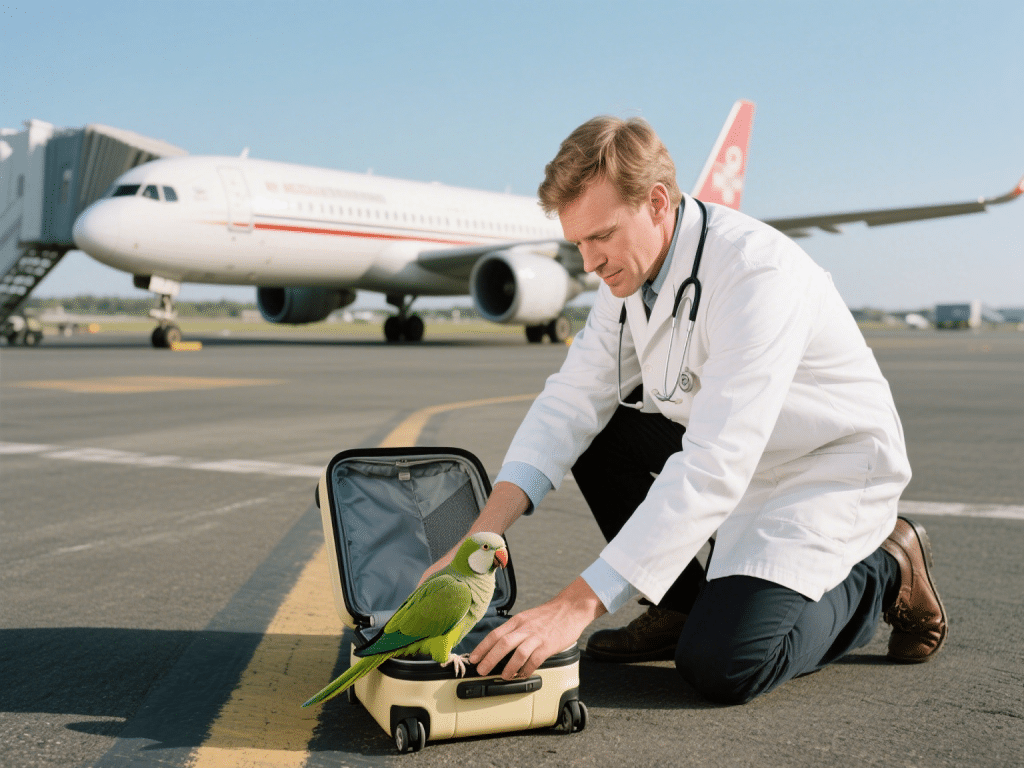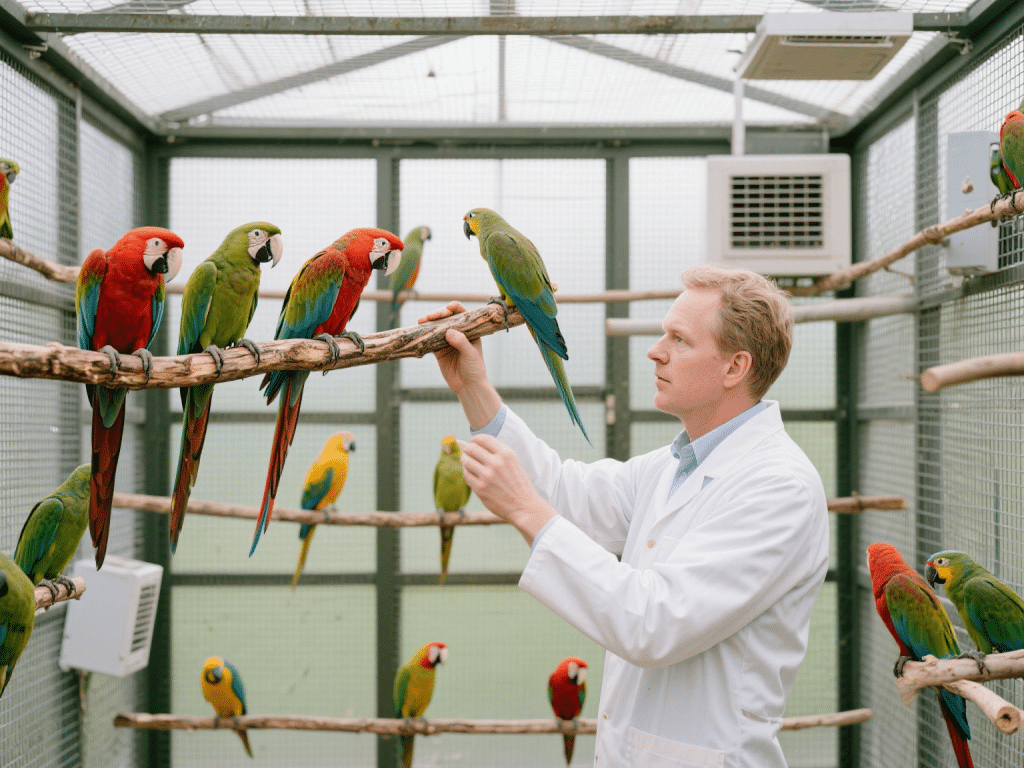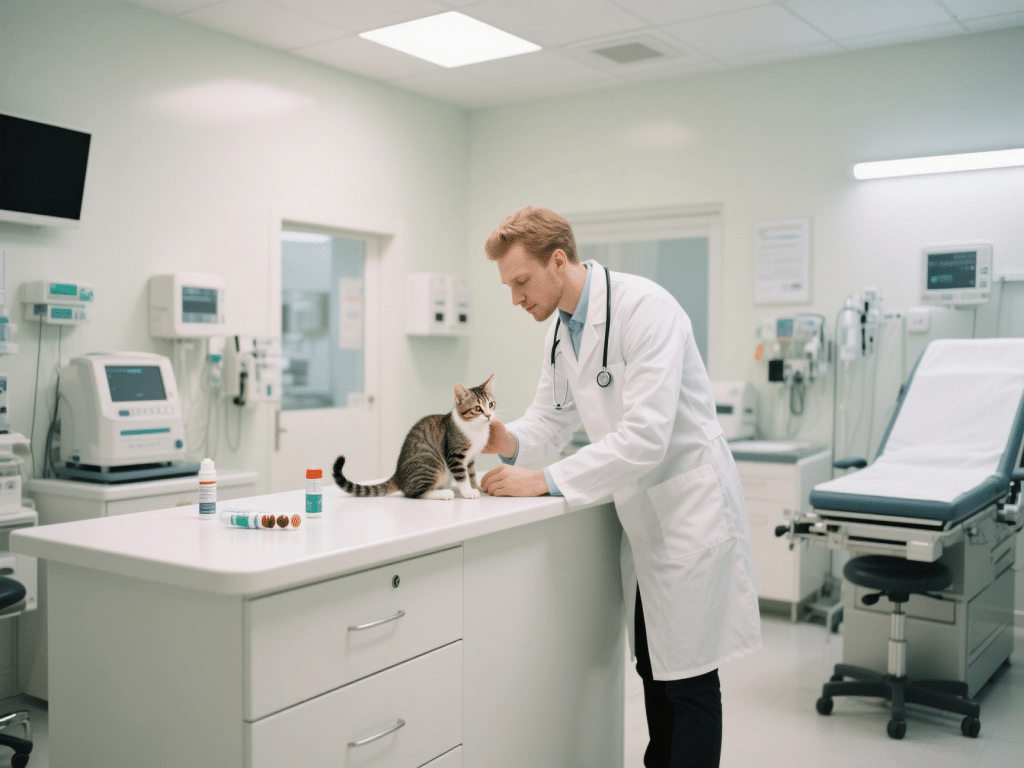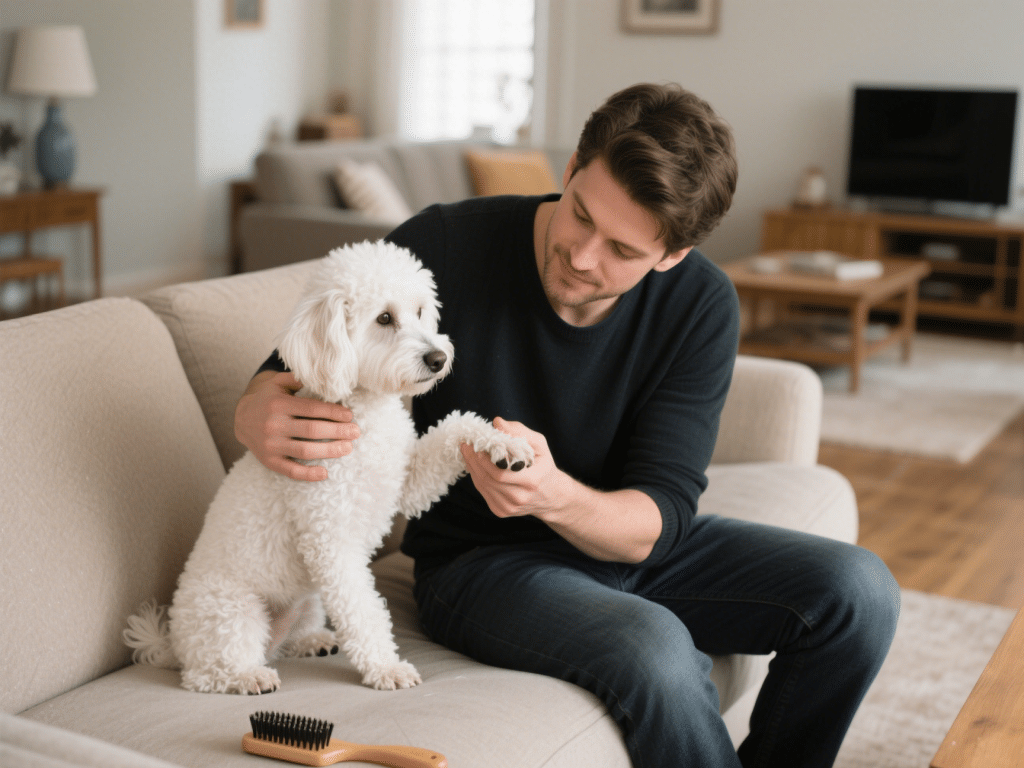
As an avian specialist with 15 years of airline travel consultations, I’ve escorted hundreds of feathered friends across continents. Birds have delicate respiratory systems and stress easily, so preparation is paramount. In this comprehensive guide, you’ll learn how to plan, pack, and execute a smooth journey—whether by car or plane—so your bird arrives healthy and calm.
1. Pre-Trip Veterinary & Health Checks
Health Certificate: Obtain within 10 days of travel.
Weight & Hydration: Ensure optimal body condition score (4–5/9) and pre-hydrate with electrolyte-enhanced water.
2. Choosing the Right Carrier
Size Matters: Allow two wing-spans’ width and enough height to perch comfortably.
Ventilation & Security: Metal or reinforced plastic carriers with secure locks prevent escapes and ensure airflow.
3. Crate Training & Comfort Items
Familiarization: Leave carrier open at home with perches, toys, and treats inside for two weeks before departure.
Covering: Use a breathable, dark cloth to drape over the carrier during transit—reduces visual stress.
4. In-Flight & In-Car Strategies
Car Travel: Secure the carrier with a seat belt and avoid extreme temperatures; maintain 65–75 °F.
Airline Travel: Book direct flights to reduce layovers. Notify the airline of live cargo; confirm cargo-hold pressurization and heating.
Sedation: Generally discouraged for birds; consult an avian vet if absolutely necessary.
5. Arrival & Acclimation
Once you reach your destination:
Rehydrate immediately and offer favorite treats.
Set up a familiar environment—same perches, toys, and feeding routine.
Monitor for signs of stress: fluffed feathers, loss of appetite, or respiratory changes.
With diligent planning and bird-savvy techniques, you’ll transform a stressful journey into a safe adventure. Remember: every species is unique—consult your avian veterinarian for species-specific guidelines.










